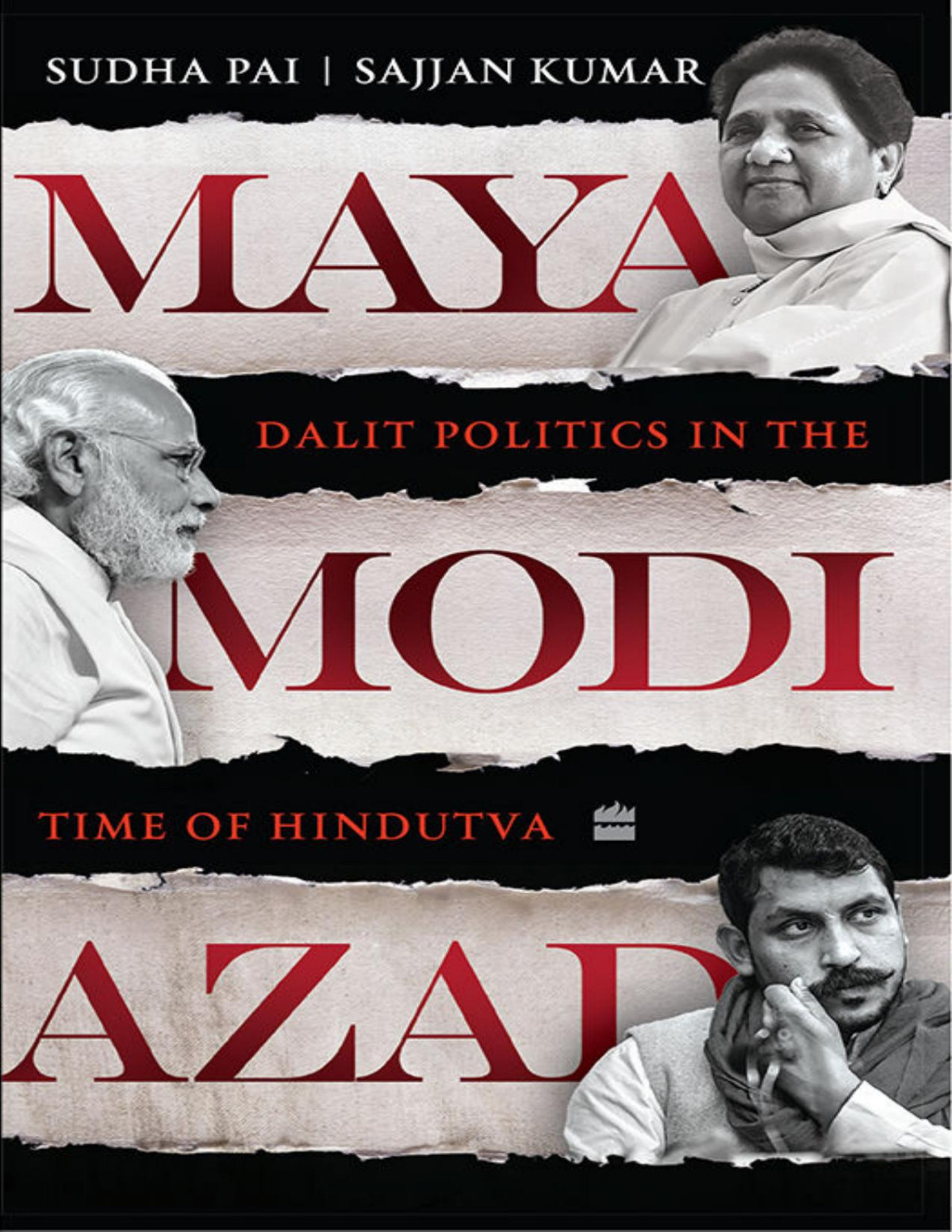

Most ebook files are in PDF format, so you can easily read them using various software such as Foxit Reader or directly on the Google Chrome browser.
Some ebook files are released by publishers in other formats such as .awz, .mobi, .epub, .fb2, etc. You may need to install specific software to read these formats on mobile/PC, such as Calibre.
Please read the tutorial at this link: https://ebookbell.com/faq
We offer FREE conversion to the popular formats you request; however, this may take some time. Therefore, right after payment, please email us, and we will try to provide the service as quickly as possible.
For some exceptional file formats or broken links (if any), please refrain from opening any disputes. Instead, email us first, and we will try to assist within a maximum of 6 hours.
EbookBell Team

0.0
0 reviews'The book has added immensely to our understanding of the political churning in India' - Swapan Dasgupta, Former MP Rajya Sabha and Author of Awakening Bharat Mata
'A richly researched and insightful work. This investigates the place of Dalits in Indian politics at a time when it is dominated by Hindutva nationalism' - Shashi Tharoor, Lok Sabha MP representing the Thiruvananthapuram constituency
'This will benefit all those interested in knowing the inherent contradictions, compromises and complexities in Dalit sociology-political movements in contemporary India' - Sudheendra Kulkarni, Indian Politician and Columnist
The Dalit political landscape in India offers a difficult analytical puzzle. The last decade has witnessed the decline of the Bahujan Samaj Party and identity politics, along with the shift of a section of Dalits towards the Bharatiya Janata Party and its redefined disadvantaged Hindutva, as well as protests by new Dalit organizations against atrocities and right-wing hegemony. Dalit politics today is thus marked by two contrasting of political protest against but also electoral preference for the right wing. The story of how the Dalit discourse has responded to the changing socio-political context unfolds against this backdrop. Maya, Modi, Azad maps these shifts with a particular focus on Uttar Pradesh. It is the state where Mayawati, who sought to create a new 'umbrella party' with a Dalit core, and later, Narendra Modi, who attracted a section of Dalits into the saffron fold, have shaped Dalit politics over the last two decades. It is also where a new Dalit leader, Chandrashekhar Azad, is challenging both Hindutva hegemony and the BSP, and is attempting to revive the Dalit movement. Sudha Pai and Sajjan Kumar's astute and insightful analysis of this triangular contestation is significant for understanding not just Dalit but democratic politics in India as we head into what is likely to be a deeply divisive general election in 2024.